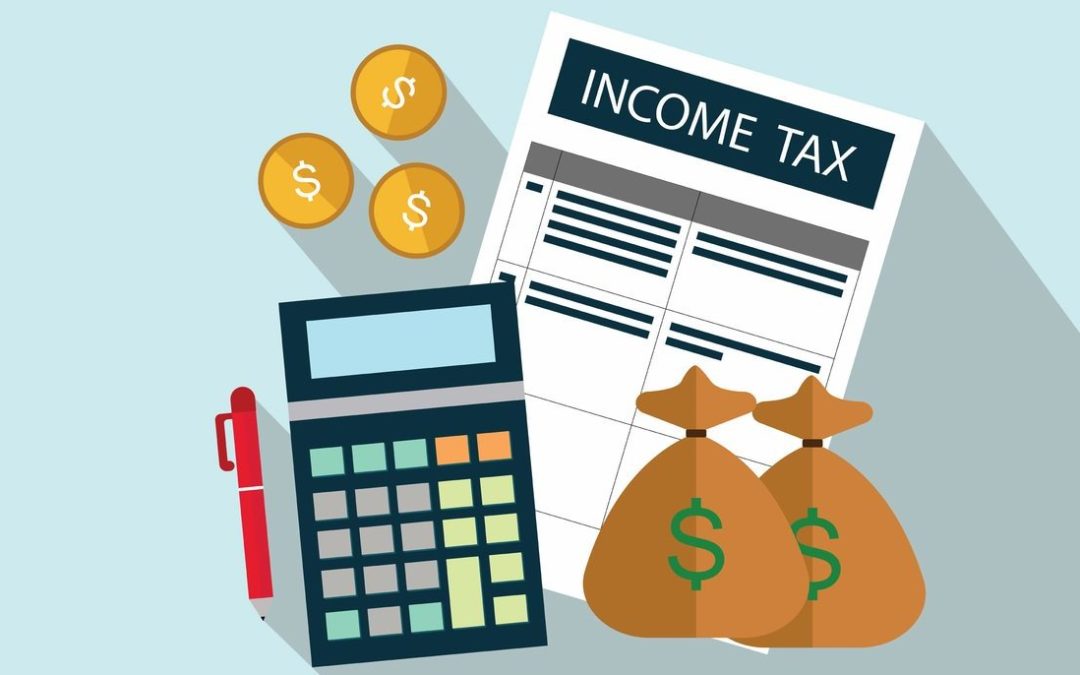Often, small business owners only take a look at their tax situation near the end of a calendar year to see if there are any last-minute financial changes, purchases or other tactics they can employ to reduce their tax liability before the ball drops on December 31.
While this approach to tax preparation will get you by, it isn’t the most advisable or advantageous way to go about it.
Taxes should be a part of all businesses’ year-long planning efforts — whether the business in question is a single-operator freelancer, a small business with a handful of employees or a large corporation.
By planning for taxes year-round, you’ll be putting your business in a better overall financial position. In addition, you’ll be making the end and beginning of each calendar year much easier on yourself, as you won’t be rushing to compile a year’s worth of financial documents.
If you’ve never approached tax preparation this way before, it can seem like a daunting undertaking. Here are some tips to make it easier.
Include Taxes in Annual Projections
A typical end-of-year exercise for small business owners is to make projections for the following year. These projections normally includerealistic estimates for how your company will perform in terms of revenue, and the associated costs.
These projections help guide your decision-making process for the entire year, including whether you may need to make cuts to expenses or add staff to handle an influx in business.
Quite often, however, these annual forecasts don’t include the tax impact of the projections. By integrating tax obligations into your annual planning, you’ll be able to accurately forecast what, if anything, your company will owe on top of what you pay throughout the year.
One of the most effective ways your accountant can help you do this is by analyzing the last few years of tax returns. This will give them a clear idea of what you’ve done in the past, and what adjustments you can make in the future.
Analyze the Data to Reduce Your Liability
One of the most common tax suggestions you’ll read about in the second half of every year is how business owners should make a concerted effort to use the last quarter to reduce their tax liability.
Some of these tips may include purchasing equipment, maxing out personal retirement accounts and setting up a retirement and/or benefits account for your employees if you offer them already.By doing this before the end of the year, you’ll be increasing write-offs and, therefore, reducing your overall tax liability.
While this certainly isn’t a bad idea, it’s not the most effective way of reducing what you owe. The best way to do so is by making calculated strategic moves throughout the year, based on what the numbers are telling you.
An experienced accountant can help you take a look at your entire financial picture after you’ve compiled your annual revenue and cost projections, and make suggestions to lower your tax liability. The advantage of doing it this way is it allows you space out any purchases you may make as well as take advantage of certain tax programs or tax benefits for the entire year instead of playing “catch up” at the end of the year.
Don’t Forget Your Personal Tax Liability
As a business owner, you’ll be constantly balancing two sets of tax liabilities — your business taxes and your personal taxes. While the two are inevitably intertwined, there are different rules and different obligations for each.
By compiling projections for your business taxes, you’ll be able to get a clear picture of your personal income for the year, and what the resulting tax obligation will be.
An experienced accountant will also help you prepare and pay quarterly estimated taxes. While you may not be required to do so for either your business or your personal taxes — depending on a number of situations — it’s always a good idea to get ahead of your obligations.
The IRS can also assess penalties for underpaying taxes throughout the year, even if you pay the full balance by the tax filing deadline, on April 15.
Quarterly payments for taxes are due on April 15, July 15, October 15 and January 15.
Keep Clean and Concise Records
All of this planning will be rendered moot if you don’t keep clean, concise and accurate records. This is often the biggest downfall of small businesses. They don’t keep clean and accurate financial records for a number of reasons, including:
- They don’t have adequate staffing
- They don’t have adequate software
- They simply don’t focus on it
While tracking data may not be your favorite exercise, it is the most important back-end task for your business. Even the best planning and preparation won’t be able to save you from poor record keeping.
If you still handle your record keeping the old-fashioned way, on paper, it’s time to make the switch to digital means. There are plenty of software options available today that are not only affordable but easy to use. These platforms make it easy for you and your bookkeepers to consistently track your company’s financials, analyze your progress throughout the year and then export this data for tax filing purposes.
Streamlining your records by using powerful software will not only ensure accuracy, but it’ll save you boatloads of time — and even money — in the long run.
Work with a Trusted Accountant
Tax preparation is not only a year-long job, it can be a full-time one, too. As a small business owner, it can be tough to stay on top of your financial records throughout the year, let alone analyze them consistently to see how you are faring from a tax perspective.
That’s why hiring an outside accounting firm can be so beneficial. This removes the burden off your shoulders, and gives you another experienced professional you can add to your team.

